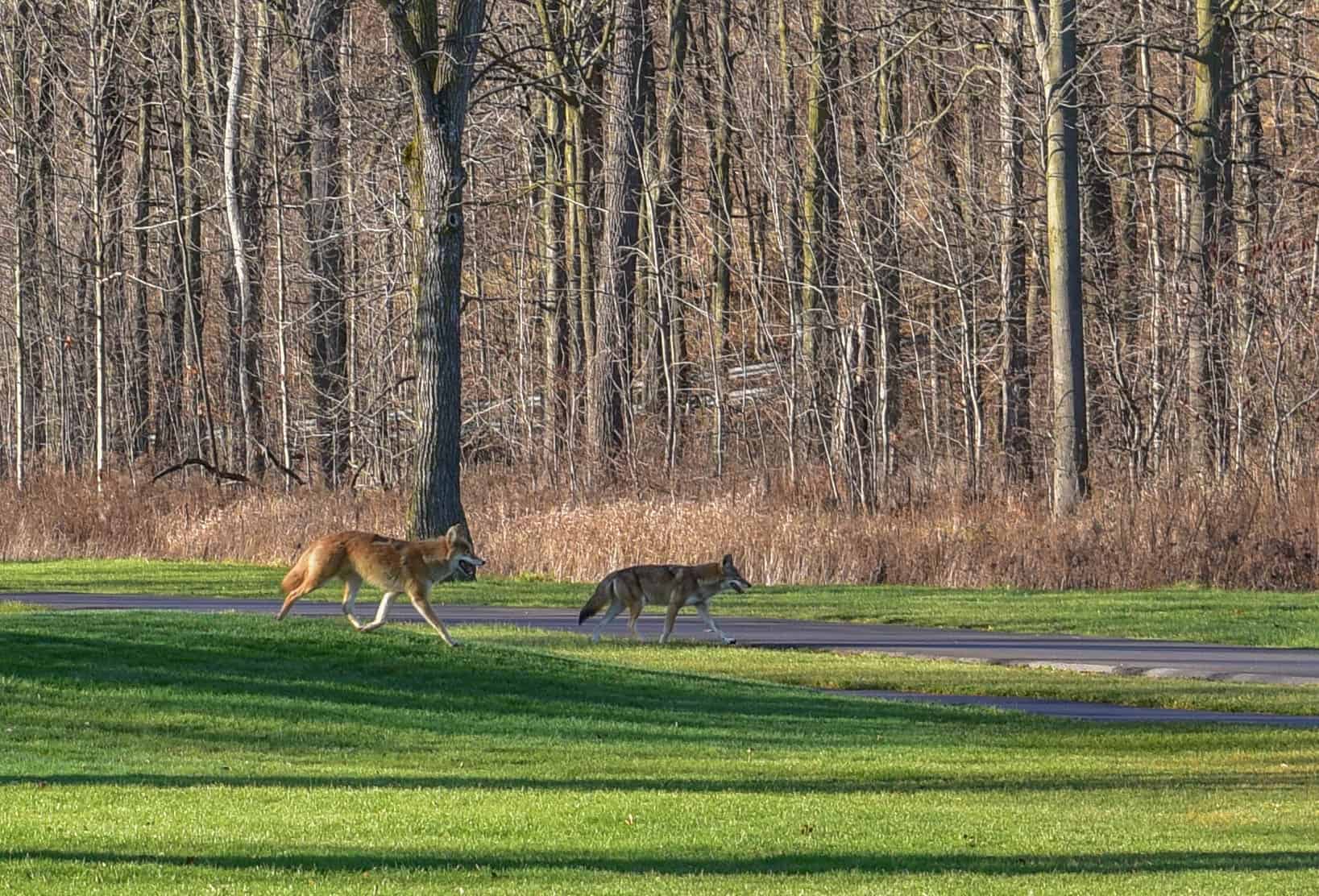
Over 100 burrowing owls released in Canadian wild
The owls are head-started and released as breeding pairs

Coyotes that hunt moose may also go after humans
To understand why coyotes attack humans, researchers examined what the canids were eating

Environmental risks higher for urban bees
Researchers found more environmental stressors and changes in urban bees’ microbiomes
PAID AD


2023 TWS Wildlife Publication Awards shortlist announced
The committee has named top contenders in book, journal, monograph and student paper categories

Humpback whales don’t compete with boat noise
Male humpbacks increase their volume when the wind is noisy, but not around noisy boats

TWS2022: Canada lynx tolerate beetle kill forests
The felines follow their primary prey—snowshoe hares
PAID AD


Study suggests ‘not all is lost’ for ivory-billed woodpecker
Researchers compiled a decade’s worth of reports, audio and images

USFWS releases revised policies for mitigating natural resource damage
New policies will guide the agency, partners and project proponents in employing mitigation practices

Vermont cave hosts survivors of white-nose syndrome
Biologists hope they can help repopulate devastated bat populations







